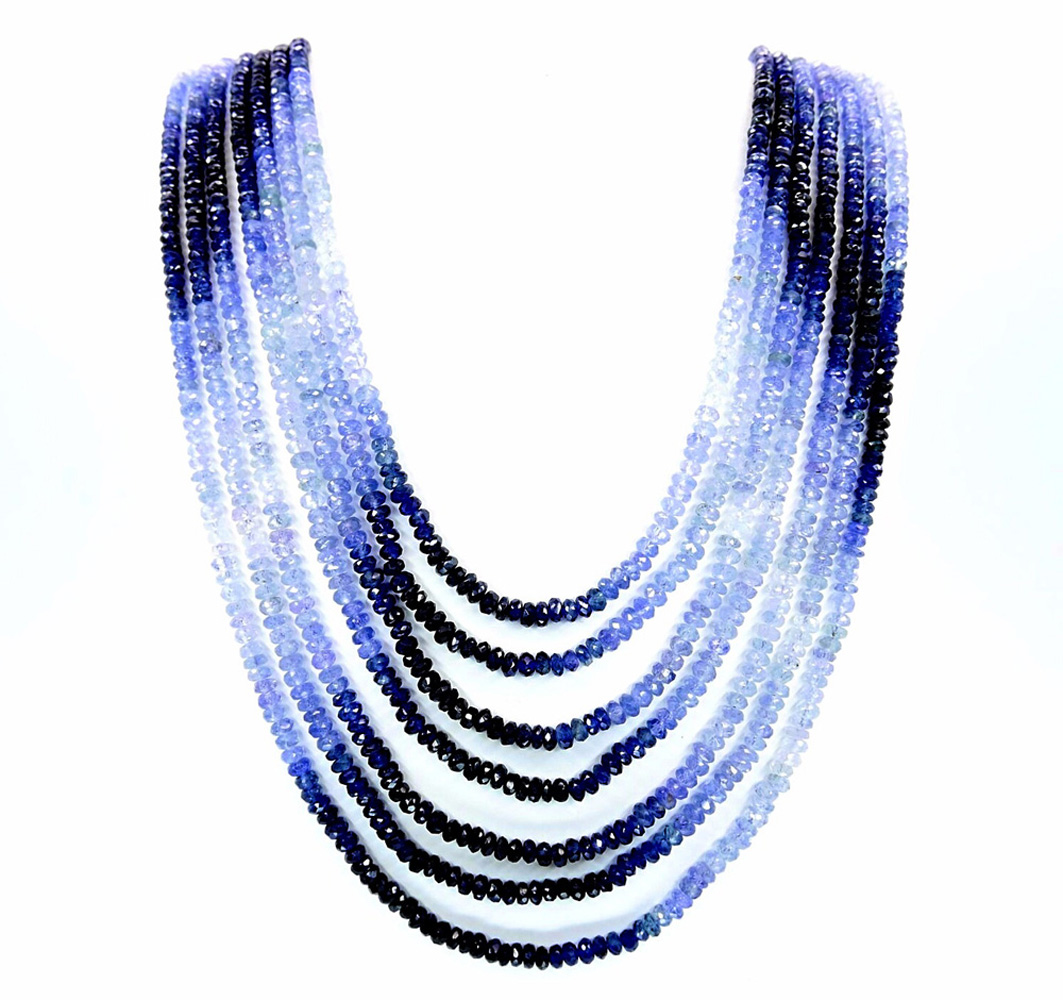
PHYSICAL PROPERTIES
- GROUP Oxides
- COMPOSITION Al2O3
- COLOR Almost all
- CRYSTALLINE SYSTEMHexagonal - trigonal
- CRYSTALLINE HABIT Pyramidal, prismatic barrel shape
- HARDNESS 9
- FRACTURE From subconchoidal to unequal
- EXFOLIATION Null
- SHINE From adamantine to vitreous
- STRIP Colorless
- TRANSPARENCY From transparent to translucent
- SPECIFIC GRAVITY 4.0 - 4.1
- REFRACTIVE INDEX 1.76 - 1.77
MINERALOGICAL CHARACTERISTICS
The sapphire belongs to the corundum family along with the ruby. Its name comes from the Greek "sappheiros", which means "blue". Both the sapphire and the ruby are some of the most valued stones in addition to the diamond and the emerald. The sapphire is the hardest mineral after the diamond.
The sapphire is characterized by being pleochroic, that is, different shades of color can be observed depending on the angle from which it is viewed. It is usually dark blue, but there are also sapphires of different shades and colors, such as pink, yellow, brown, greenish or colorless, depending on the other components it contains. The blue color is due to its titanium and iron content, when it is pink and reddish it is due to chromium, when it is greenish or brownish it due to the iron.
Occurs in pegmatites, volcanic rocks, gneiss, marbles, and as boulders in placers.
Deposits: India, Thailand, Sri Lanka, Kenya, Myanmar, Brazil, Australia, Nigeria and Colombia.
THERAPEUTIC PROPERTIES
The sapphire is known as a stone of wisdom and prosperity. It is associated with the throat chakra and the third eye, favoring communication, expression and providing serenity.
The sapphire is said to provide balance and align the physical, mental and spiritual planes. It enhances the qualities of heart, noble and sincere. Located in the 6th chakra, it amplifies internal vision and brings clarity and calm.


